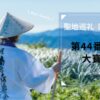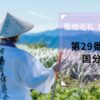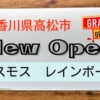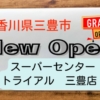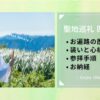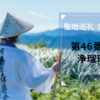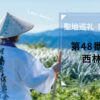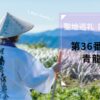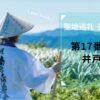【Japan tourism】 Shikoku 88 temple pilgrimage trip [No.69] Shippouzan Kannonji
Kannon-ji Temple and Jinkei-in Temple, which is the 68th temple, are two hudasyo in one temple, which is rare even among Shikoku sacred sites. The names of the two temples are also engraved on the Niomon, making them two temples in the same precincts.
Kannonji
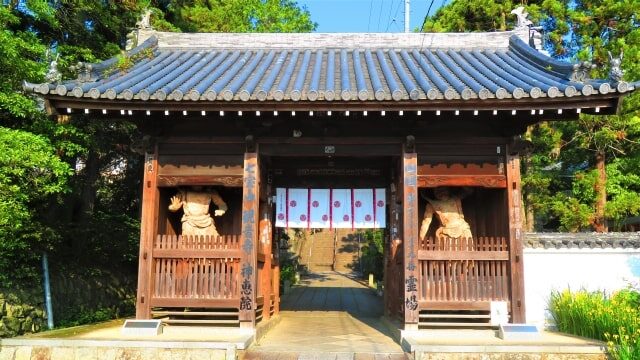
| Principal image | Holy Avalokitesvara Bodhisattva |
| Honzon mantra | On arorikya sowaka |
| Denomination | Shingon Buddhism Daikakuji sect |
Place
Temple lodging: none
Phone:0875-25-3871
〒768-0061
1-2-7 Hachimancho, Kanonji City, Kagawa Prefecture
Gosyuin(red stamp)
Please wait a moment until the image is uploaded.
History
Kanonji Temple is located on the same grounds as Jinnein Temple, the 68th Fudasho, and has the same history and origin. However, when it was built, it was called 'Jingu-ji Houkou-in.’
In 807 ( Daido 2), Kobo Daishi entered the temple as the seventh head priest of this temple. Kobo Daishi sensed that “the divine ship on which Kotohiki Daimyojin was riding has a connection with Empress Jingu, and is an incarnation of Kannon."
In the middle of Mt. Kotohiki, the Shichido Garan was built following Kofuku-ji Temple in Nara, and the statue of Sho Kannonsei Bodhisattva, which is the principal image of worship, was enshrined in the central golden hall. Furthermore, a Buddhist pagoda was built on this land, and seven treasures such as lapis lazuli, coral, and agate were buried, and a memorial service was held. The name of the temple was changed from Jinguji to “Shippouzan Kannonji" and designated as a sacred place.
Starting with Emperor Kanmu, it became a place of imperial prayer for three generations of emperors. In the Muromachi period, Doson Taisei Daisojo, a son of Takauji Ashikaga, served as the chief priest for 45 years, and the temple was proud of its prosperity.
However, due to the separation of Shintoism and Buddhism by the new Meiji government, the honjibutsu was moved and became two sacred sites within one precinct.
Highlight
【treasure hall】There are many national important cultural properties such as paintings, including the rare Buddha statue in sculpture.
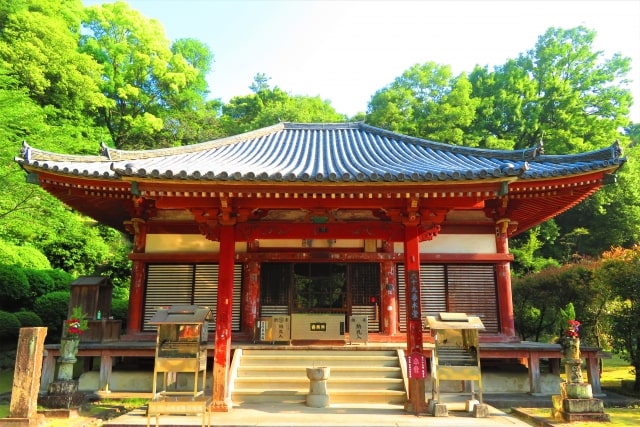
【Kusu in the precincts】、【Main hall (Kondo)】
Built in the Muromachi period, the vermilion-lacquered pillars are colorful.
It is said to be the oldest graffiti written by a pilgrim, such as “Changzhou Shimotsumasho… Jowa 3rd year…" and is considered a valuable resource for pilgrim culture.
It’s about 5 km (about 10 minutes by car) to the next 70th temple, “Motoyama-ji"!
